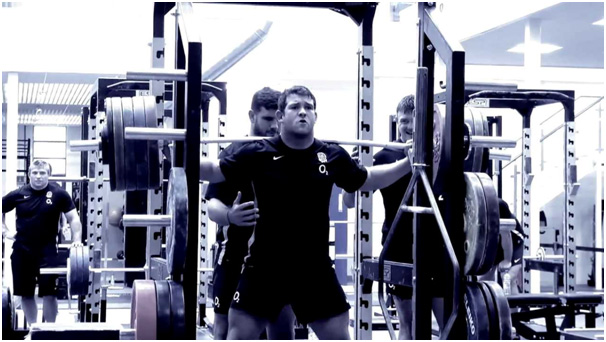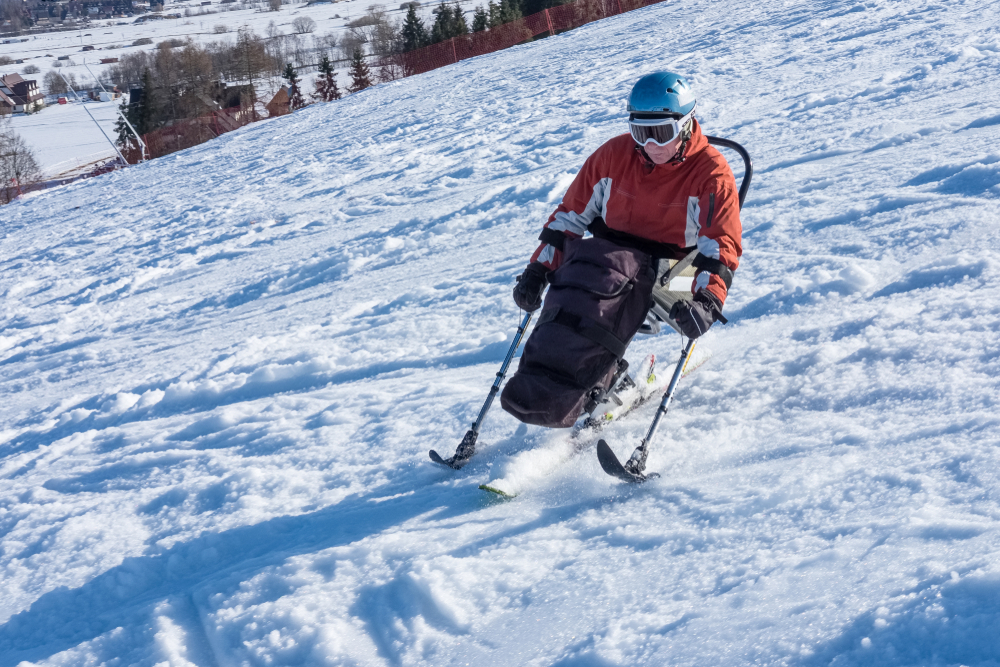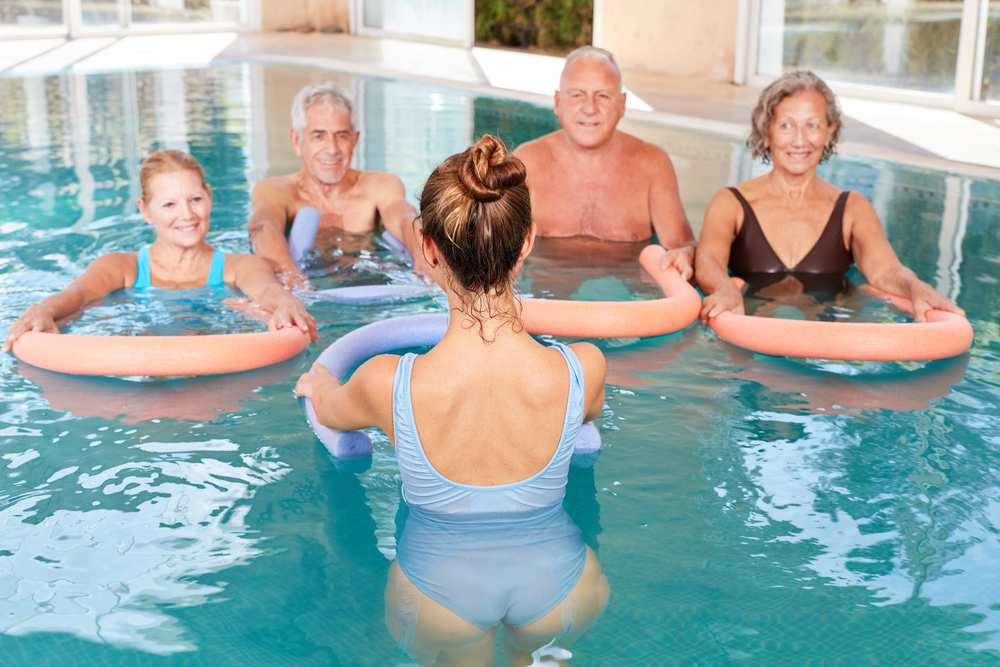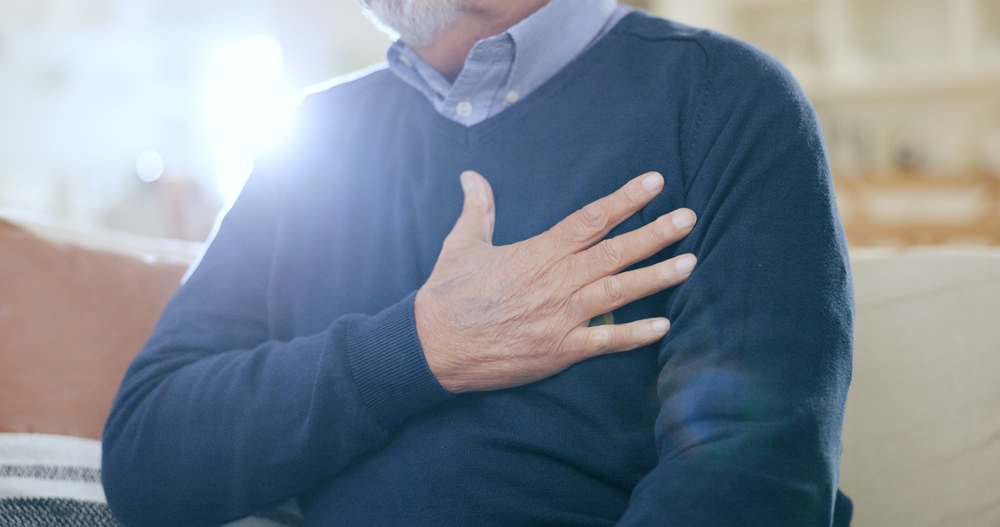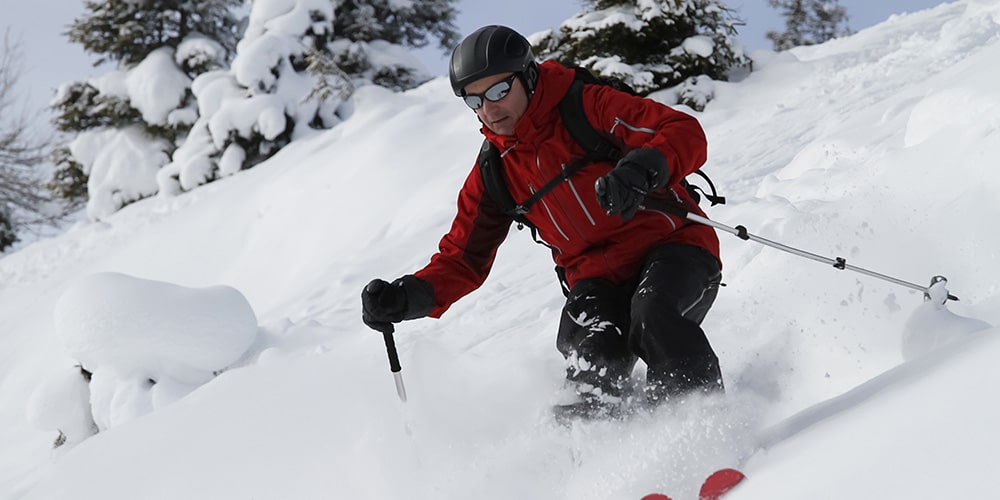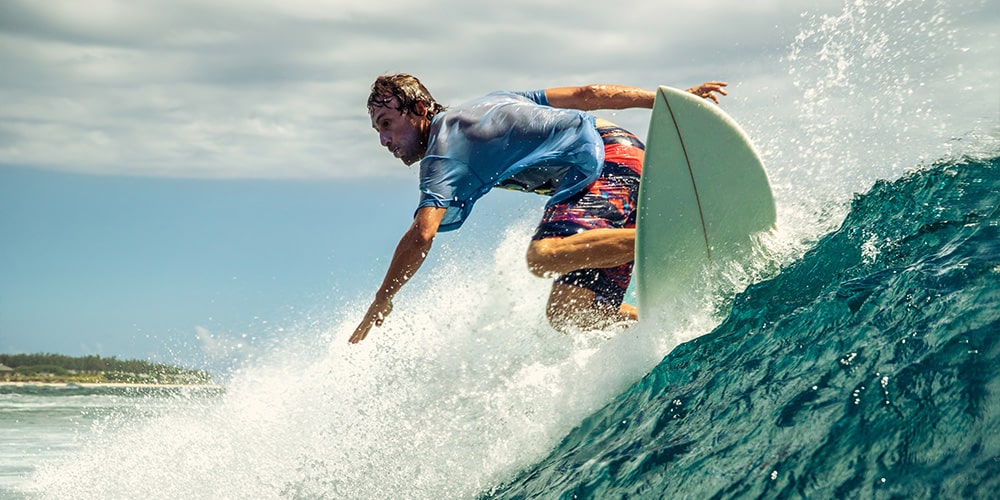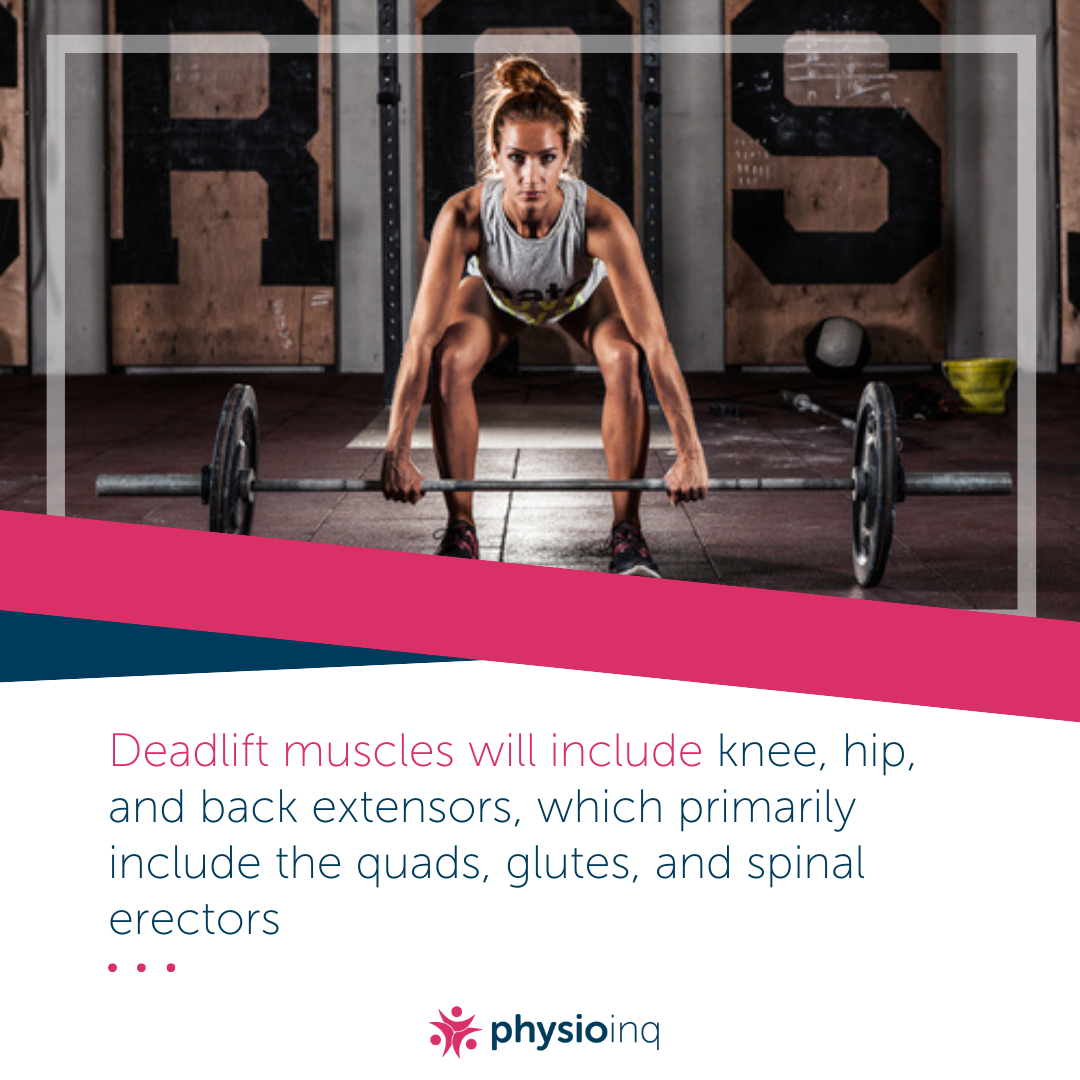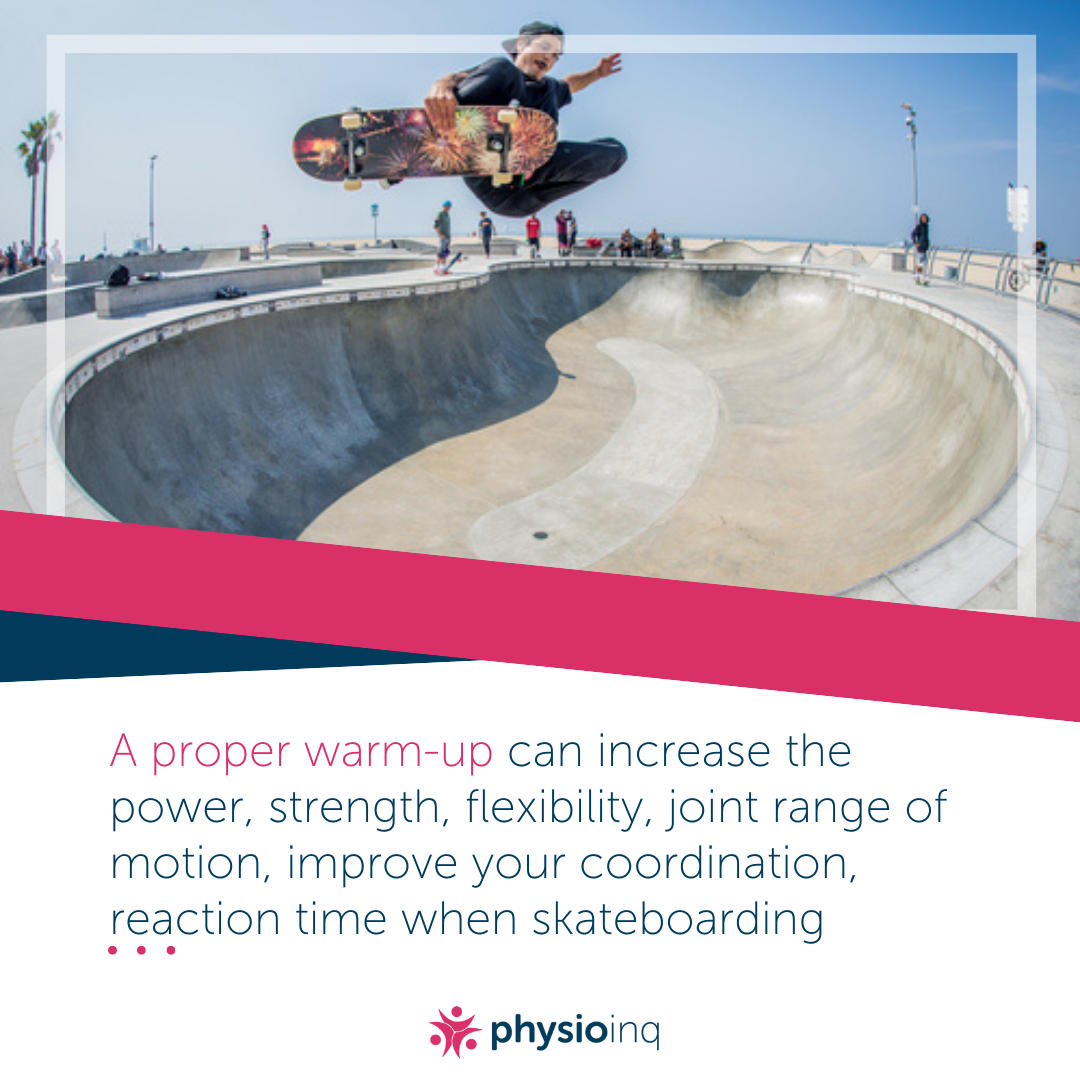Make an Appointment
Hamstrings are essential in providing the movement and balance necessary to excel at almost any sport. Because of the diversity of functions they control, and mobility they provide, such as running, jumping and kicking, hamstring strains are some of the most common injuries occurrent in sports today.
Muscular strains in sports
Muscular strains have become synonymous with sports and wreak havoc on athletes all around the world. If you’ve ever heard someone say they “pulled a hammy”, a strained hamstring is what they are referring to.
Hamstring strains are most common among sports that involve heavy sprinting, jumping and/or sports requiring a lot of leg dexterity. Some of these sports include soccer, rugby, rugby league, AFL, tennis, basketball, dancing and track and field. Depending on the severity, hamstring strains can be extremely painful, needing lengthy recovery time and the implementation of strategic treatment. Injuries in any sport, are the quickest way to halt an athletes progress and/or career, and even minor hamstring strains can turn severe if ignored. It is important to understand exactly how hamstring strains occur in order to prevent them.
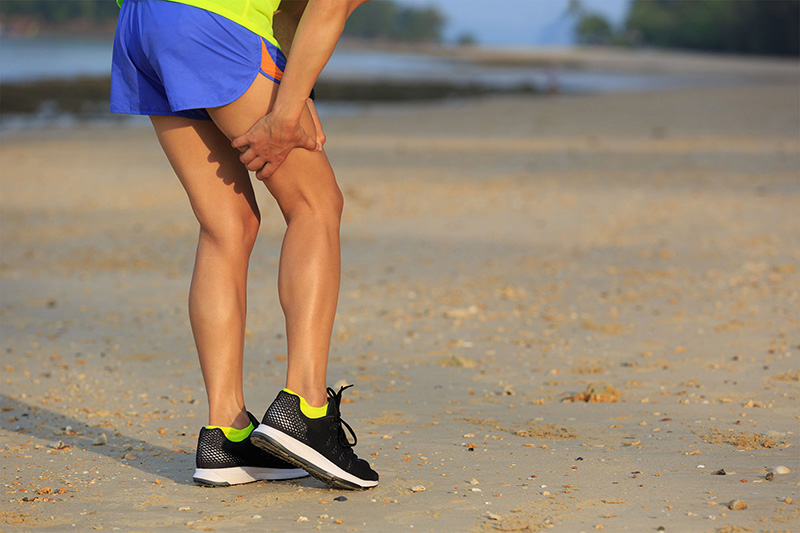
Why do hamstring strains occur?
The hamstring muscles start just below the pelvis and run down to the lower leg and past the knee joint. There are actually three major muscles that make up the hamstrings (the semitendinosus, semimembranosus and biceps femoris). The two smaller muscles (the semitendinosus and semimembranosus), are responsible for movements such as hip extension and flaring of the knee inward. The larger biceps femoris, aids in movements such as walking, running and flaring the knee outward.
Anytime muscles are stretched past their natural capacity or stretched too quickly with excessive force, the muscle fibers can become overstretched or torn i.e. strained. Strains usually occur when muscles are tight or stiff due to inadequate stretching or warming up. A ‘warmup’ is generally carried out through light aerobic activity and increases the temperature of one’s muscles. The result, among many things, is an elasticity in the muscles, that reduces the chance of strain.
**Even after properly prepping the hamstrings for athletic performance, strains can still occur, especially when participating in highly competitive sports.
Sports that exacerbate hamstring
Hamstring strains can occur during many different sports activities. In sports like soccer, 37% of all muscular injuries occur in the hamstrings. This is likely due to the diverse movements involved while playing. Because the hamstrings are made up of multiple muscles, along a large portion of the leg, there are varying types of strains that can occur, caused by different movements, and in different sports. The two major types of hamstring strains that occur are:
1. High-velocity stretch injuries:
Common in kick and jump-heavy sports such as soccer, hurdling, and dancing, high-velocity stretch injuries are caused by muscles being stretched or contracted too quickly. Strains that occur from these movements are usually closer to the hip and in the smaller, semimembranosus and semitendinosus muscles.
2. Terminal swing sprinting strains:
Sprinting injuries, such as strains, usually occur in sports involving explosive spurts of running (i.e. sprinting) such as rugby, basketball, soccer, tennis and various track and field activities. These types of strains most commonly take place during the leaping phase of a sprinting step (referred to as the ‘terminal swing’ phase). Sprinting strains are generally found in the biceps femoris and take place closer to the knee joint.
How long do hamstring strains take to heal?
Depending on the severity of the injury, hamstring strains can range from being very mild and quick to recover from, to being extremely painful, requiring surgery and rehabilitation. Hamstring strains are ‘graded’ on a scale from 1-3, based on their severity.
Grade 1 (mild strain) An overstretching or overuse injury with no muscular tear
Symptoms may include:
- Feeling of tightness especially when stretching
- Mild pain when walking or sitting
- Full strength in the muscle but discomfort when using full range-of-motion
- Possible bruising or swelling
Recovery time:
1-3 weeks depending on the severity. It is recommended to avoid activities that exacerbate pain such as weight lifting, running or jumping.
Grade 2 (moderate strain): Partial tear
Symptoms may include:
- Feeling of tightness especially when stretching
- Mild pain when walking or sitting
- Full strength in the muscle but discomfort when using full range-of-motion
- Possible bruising or swelling
Recovery time:
4-8 weeks depending on the severity. If symptoms persist, it is recommended to contact a professional.
Grade 3 (severe strain or tear): A complete tear of the muscle
Symptoms may include:
- A lump of muscle tissue or depression near the area of injury
- Immediate, intense pain throughout the back of the thigh
- Difficulty or inability to walk
- Heavy bruising
Recovery time:
2-3 months or longer depending on the severity and if the tear requires surgery or not. It is recommended not to engage in rehabilitation until seeing a physician to properly diagnose the injury.
Treatment of hamstring strains
Moderate to severe hamstring strains require professional monitoring and tailored rehabilitation programs, but for minor hamstring strains, they are normally manageable by oneself. The common protocol for nursing a minor hamstring strain is:
- Rest
- Ice
- Compress
- Elevate
The four-step treatment method and easy to remember acronym, ‘R.I.C.E’, is commonly used to reduce intramuscular bleeding, pain, and swelling. The application of RICE should be implemented as soon as the injury occurs, definitely within 48-hours.
If pain persists, avoid putting weight on the leg of injury and seek out a physiotherapist. For severe strains and tears, a catered and monitored treatment program and/or surgery may be recommended/implemented by a trained professional.
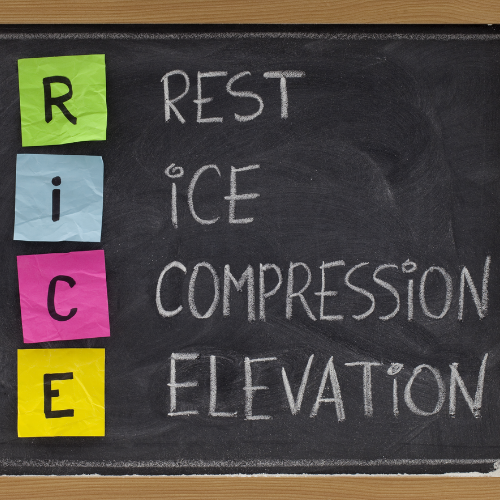
The science of hamstring rehabilitation
Hamstring strains and tears are, although frustrating, very common among athletes across many different sports. Injury prevention strategies, such as prehabilitation and flexibility exercises are great tools to help avoid hamstring strains, and treatment methods like RICE, are great for treating minor strains. But what exactly does a catered and monitored treatment program for severe strains and tears look like?
Treatment programs are specific to the monitoring physician or physiotherapist’s methodology. One example of a methodology, widely used by physicians and physiotherapists around the world, to treat severe hamstring strains is based on a comparative study cited by the British Journal of Orthopaedic & Sports Physical Therapy and another on diagnosis and treatment. The treatment process is based on the principle of phases, within recovery-time windows. A complete outline of the phase-by-phase process can be found here.
Preventing injuries is always the best strategy
Understanding how strains occur is one thing but preventing them is another. We have a team of Physiotherapists, Sports Physio’s, Mobile Physiotherapists and Exercise Physiologists across Australia that can help you to understand exactly how to strengthen, balance and manage your body’s needs in order to reduce injuries and increase sports performance.
You shouldn’t have to experience a severe muscle tear to realize that “pulling a hammy” is avoidable. With the right knowledge and support, you can get ahead of nagging sports injuries, such as strains, and perform at your best. Contact us by phone at 1300 731 733 or find a location nearest to you to get started!
Date Published: Wednesday, April 3, 2019
Locate a Mobile Physiotherapy
Service Near me
Get the experience & convinence you deserve to support your or a loved one's allied health needs.
Our Mobile Physiotherapy team are currently serving & taking appointments in the following states and regions in Australia:
Need to get into direct contact with ur Client Services team? We're all ears. Call our team directly on 1300 731 733
